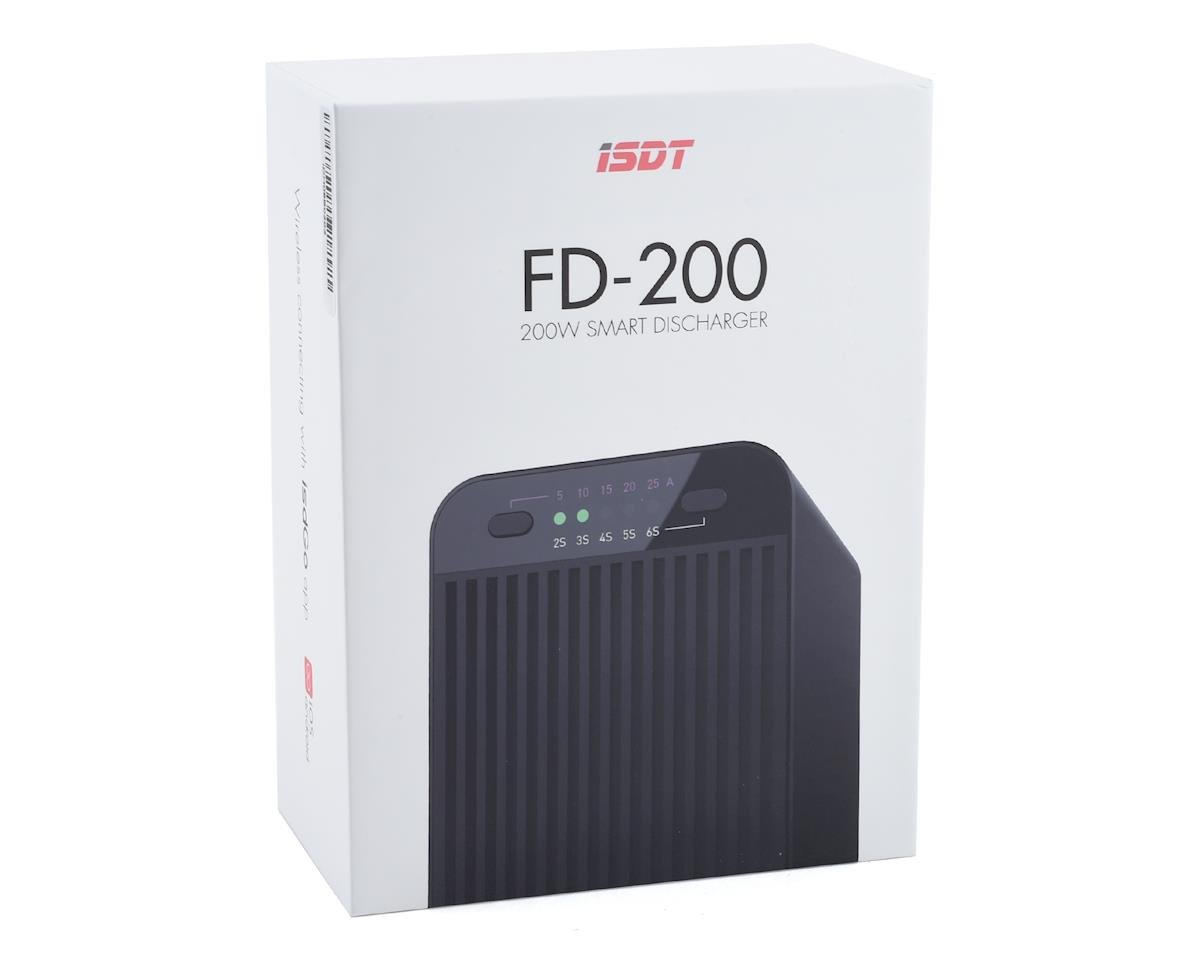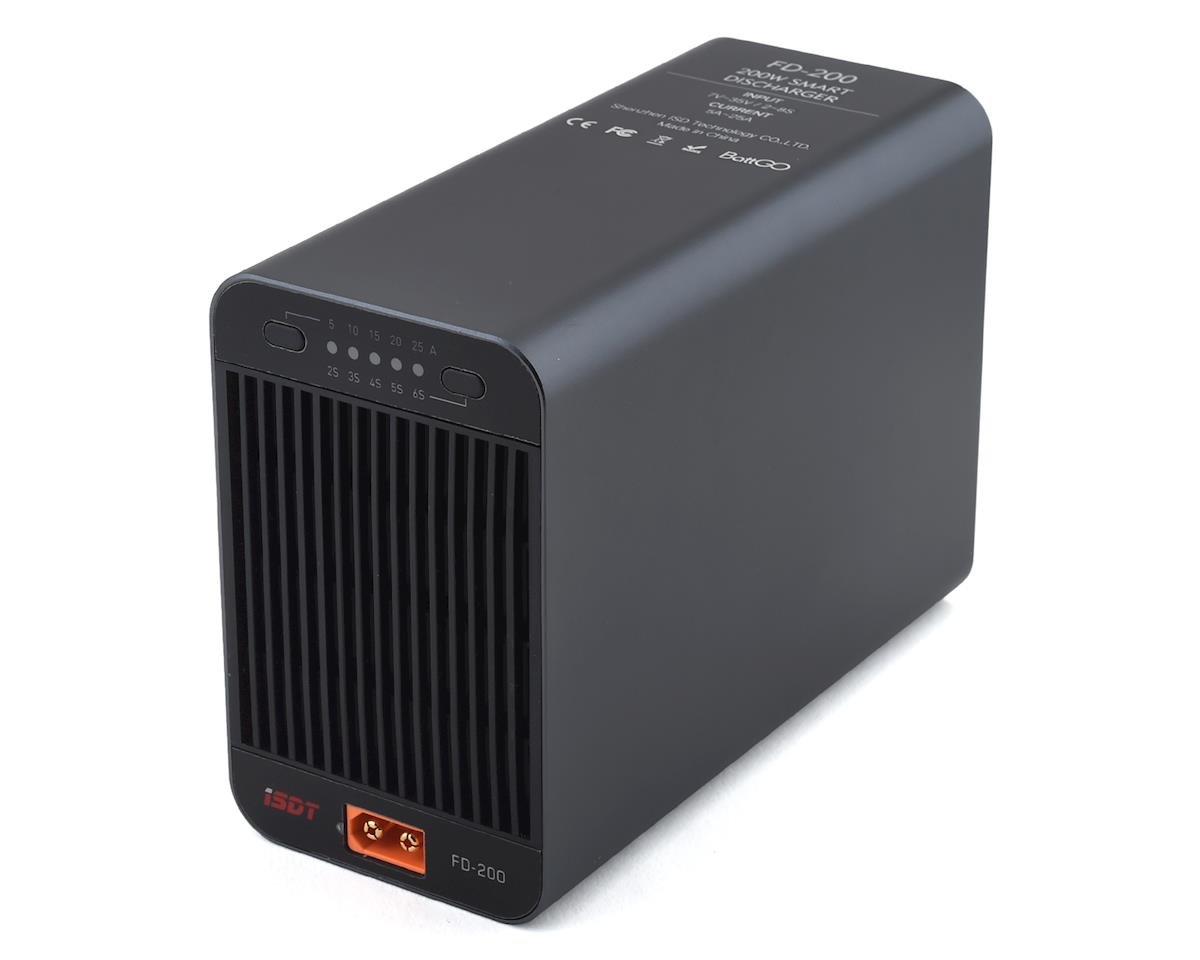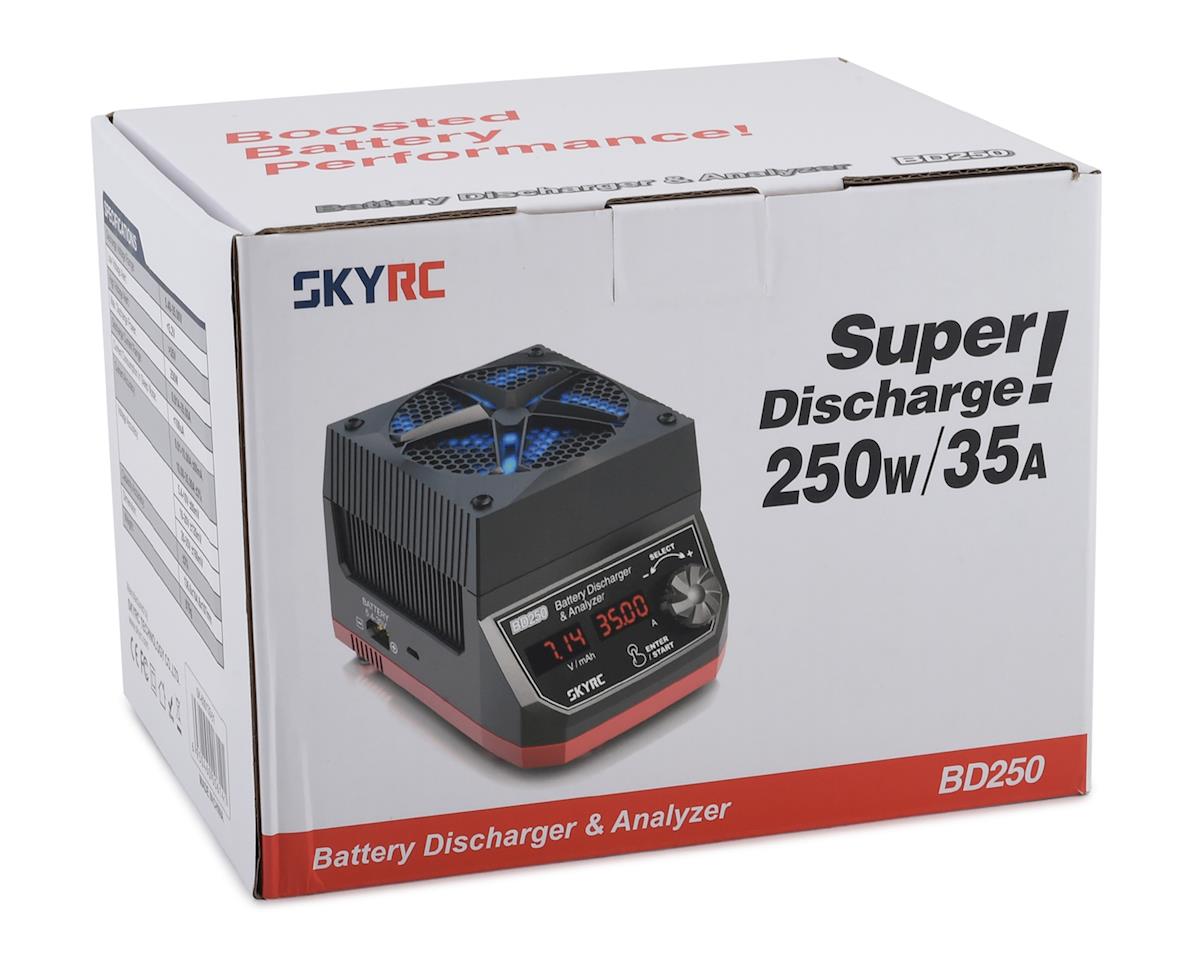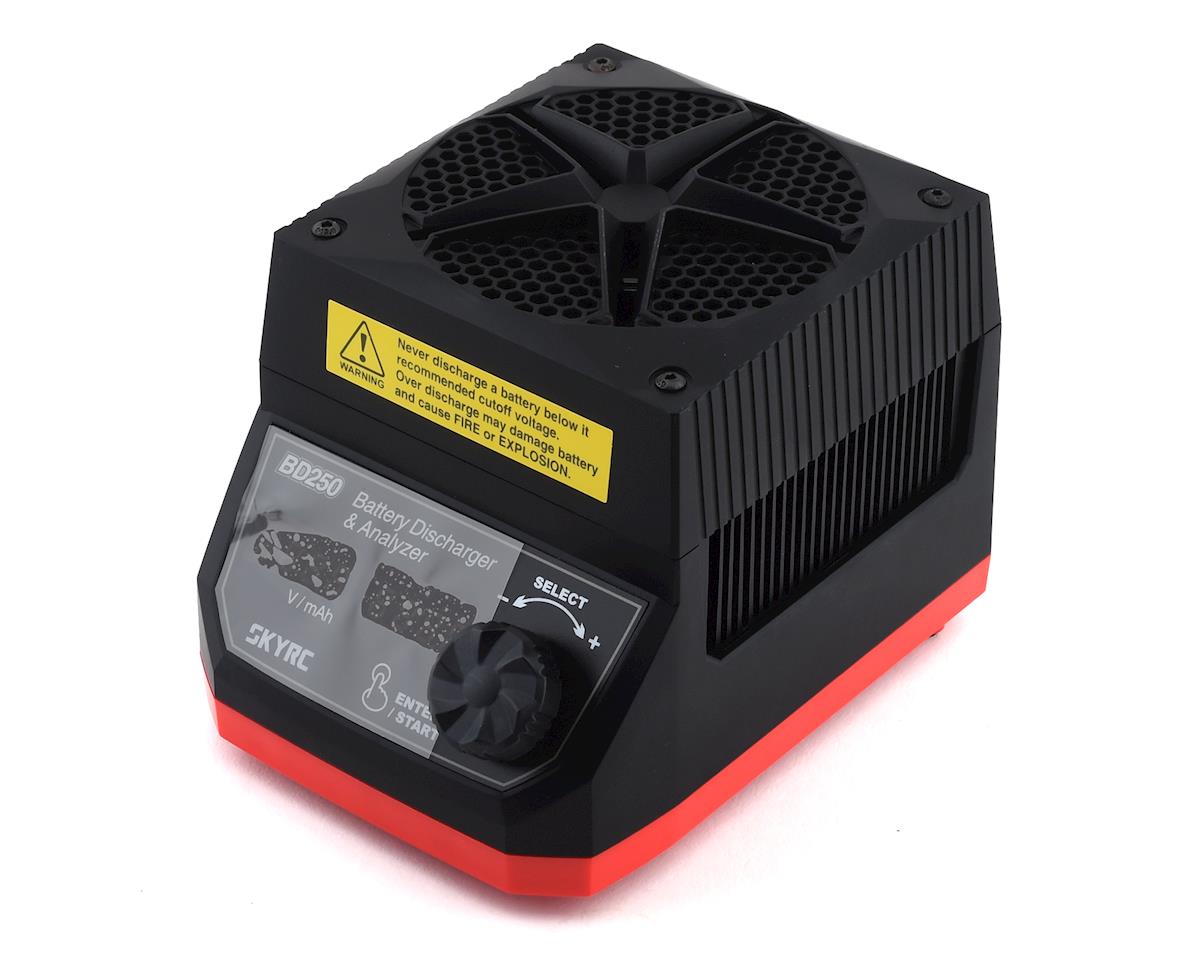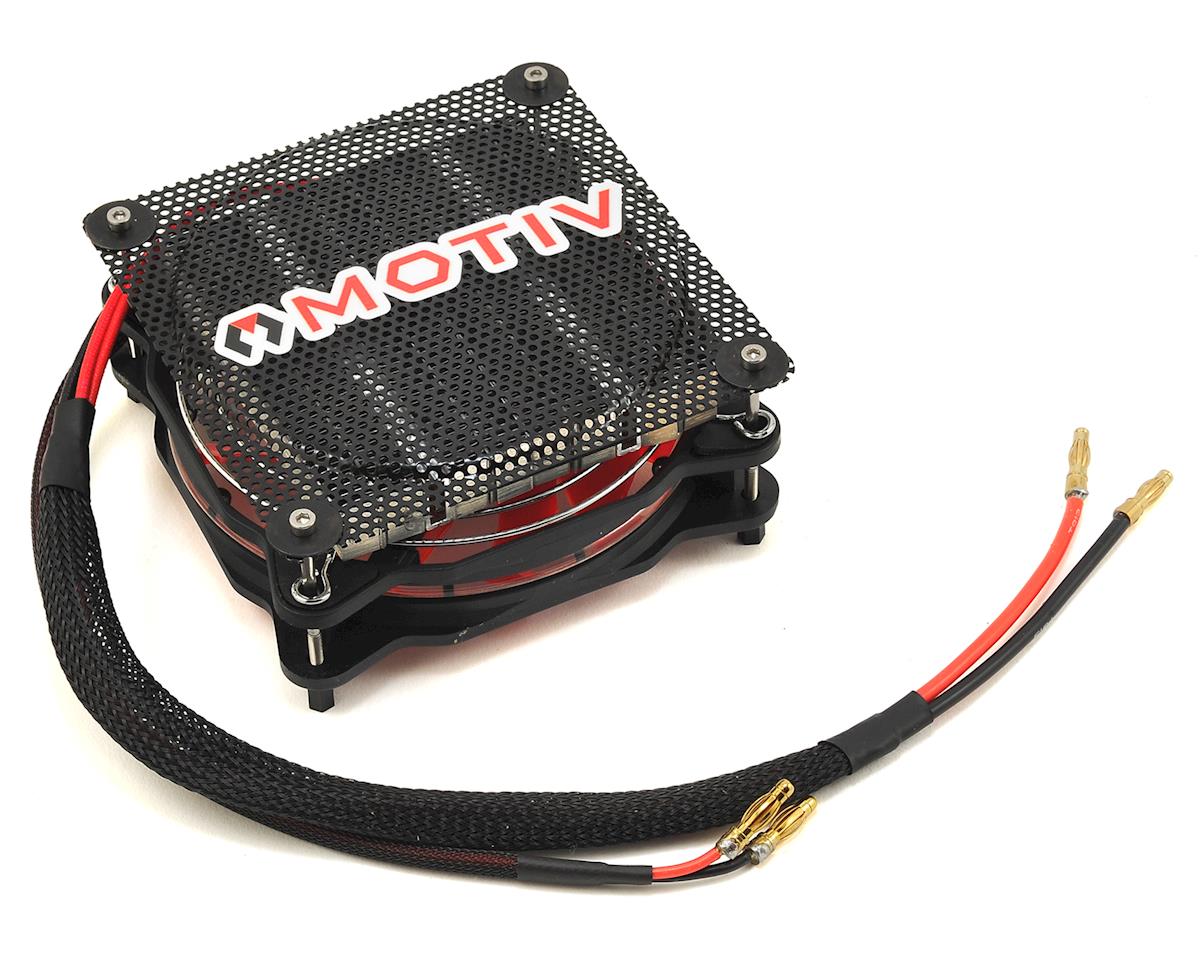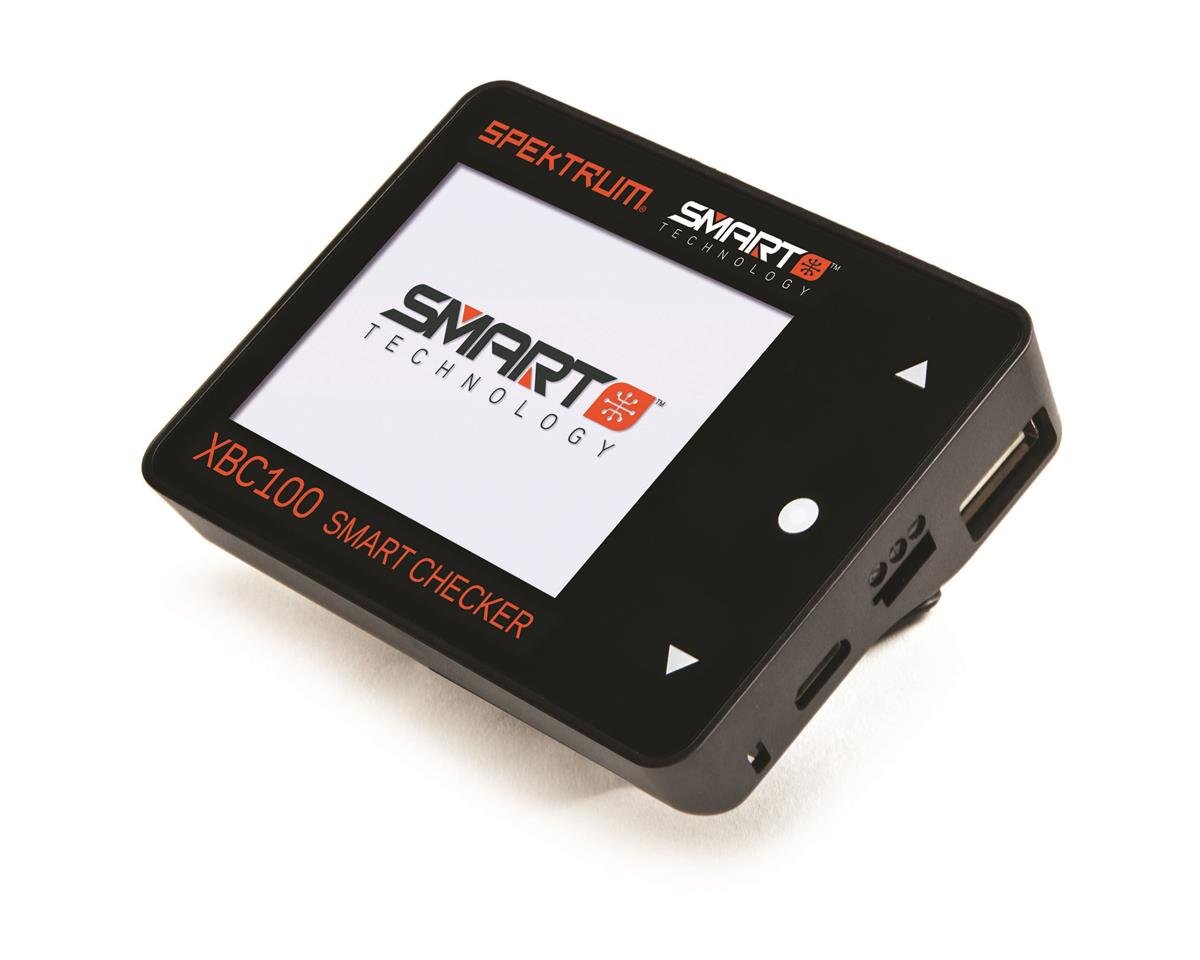How To Discharge Your RC LiPo Batteries - Fast!
Do LiPo batteries need to be discharged? Yes, and one of the best and most enjoyable ways is to discharge your LiPo battery by simply putting it in your car and using it. But that’s not always possible. Chances are if you are searching for this information, you probably want to know some good ways to discharge charge your batteries. Discharge technology has come a long way with LiPo batteries. This article discusses how to discharge LiPo batteries and some of the best methods we use to do it.
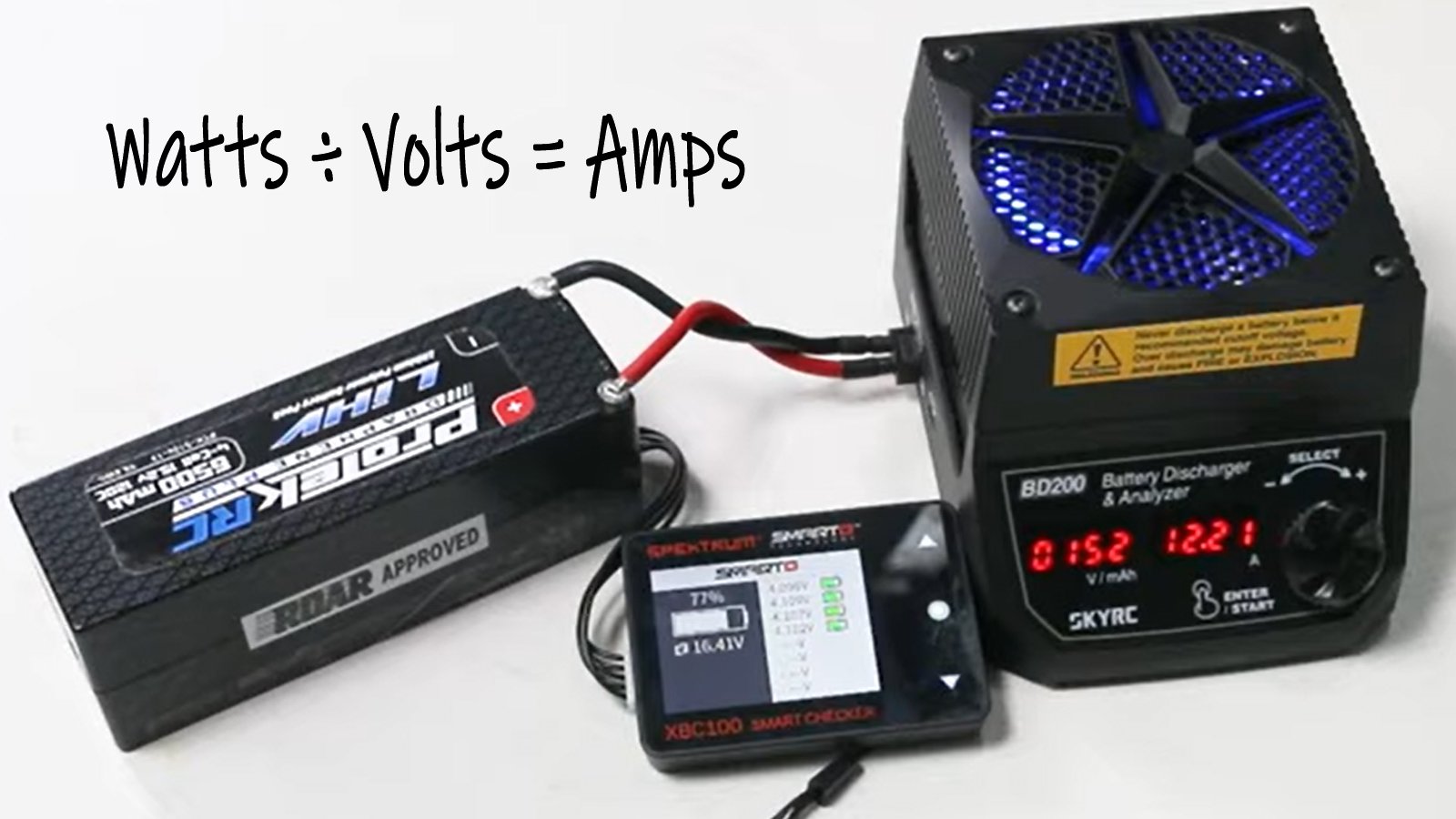
Discharging Batteries in the Olden Days
We would use a string of bulbs connected to our battery and light them up. Then, if you were paying attention because you had to watch it, you disconnect your battery as soon as the lights would start to dim. But nowadays, we have way more control over how we discharge our batteries. And we have some really cool products that can do the job for us—unlike those light bulbs.
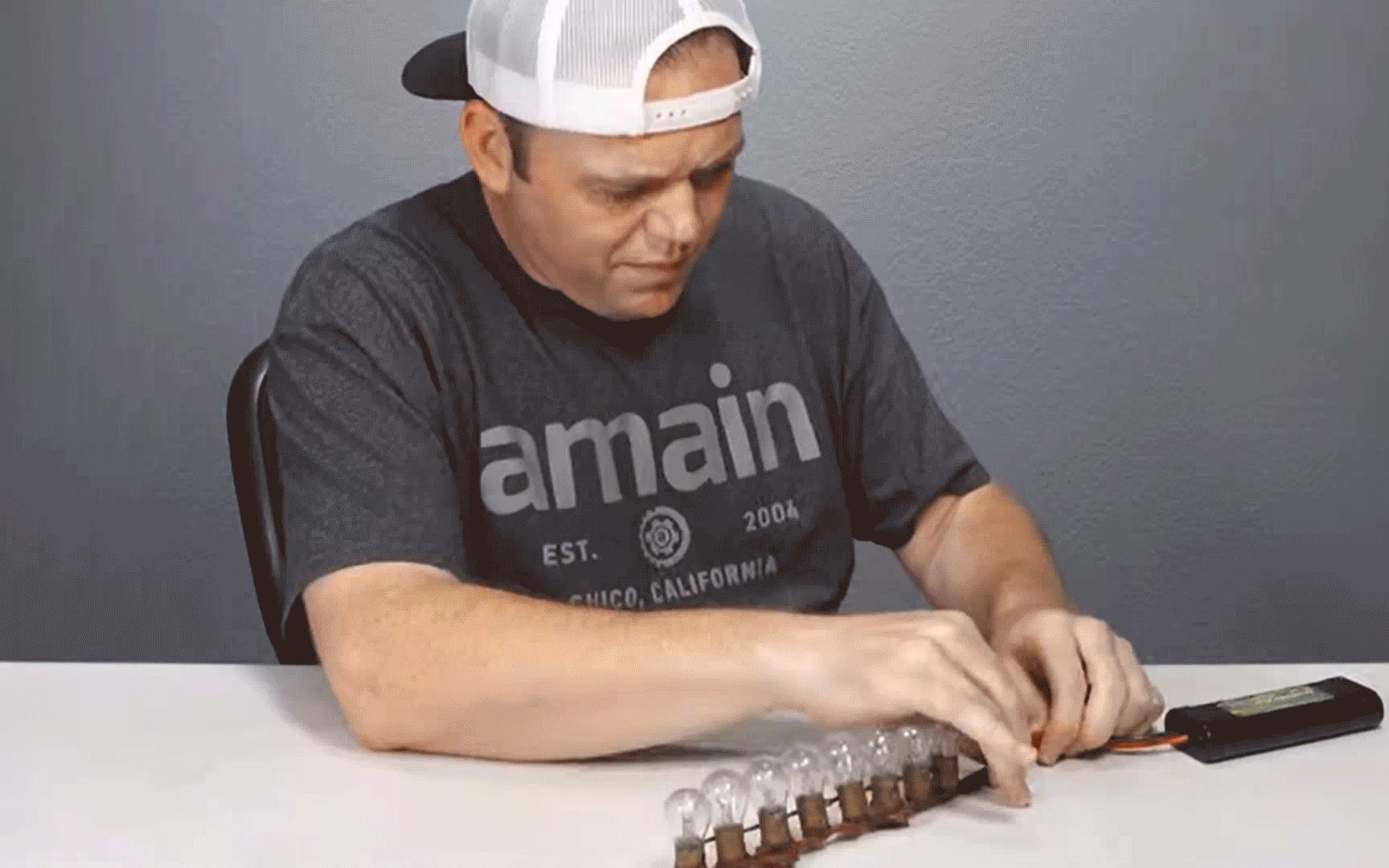
What is the correct discharge rate per cell for LiPos?
Before talking about some of these products, we should mention that most battery chargers also have discharge capabilities. Still, those discharge capabilities are often reduced from their charging capabilities. It all comes down to the charger’s amps and watt capabilities, and when discharging, it’s the same thing. So it’s important to note its discharge capabilities when purchasing a new charger.
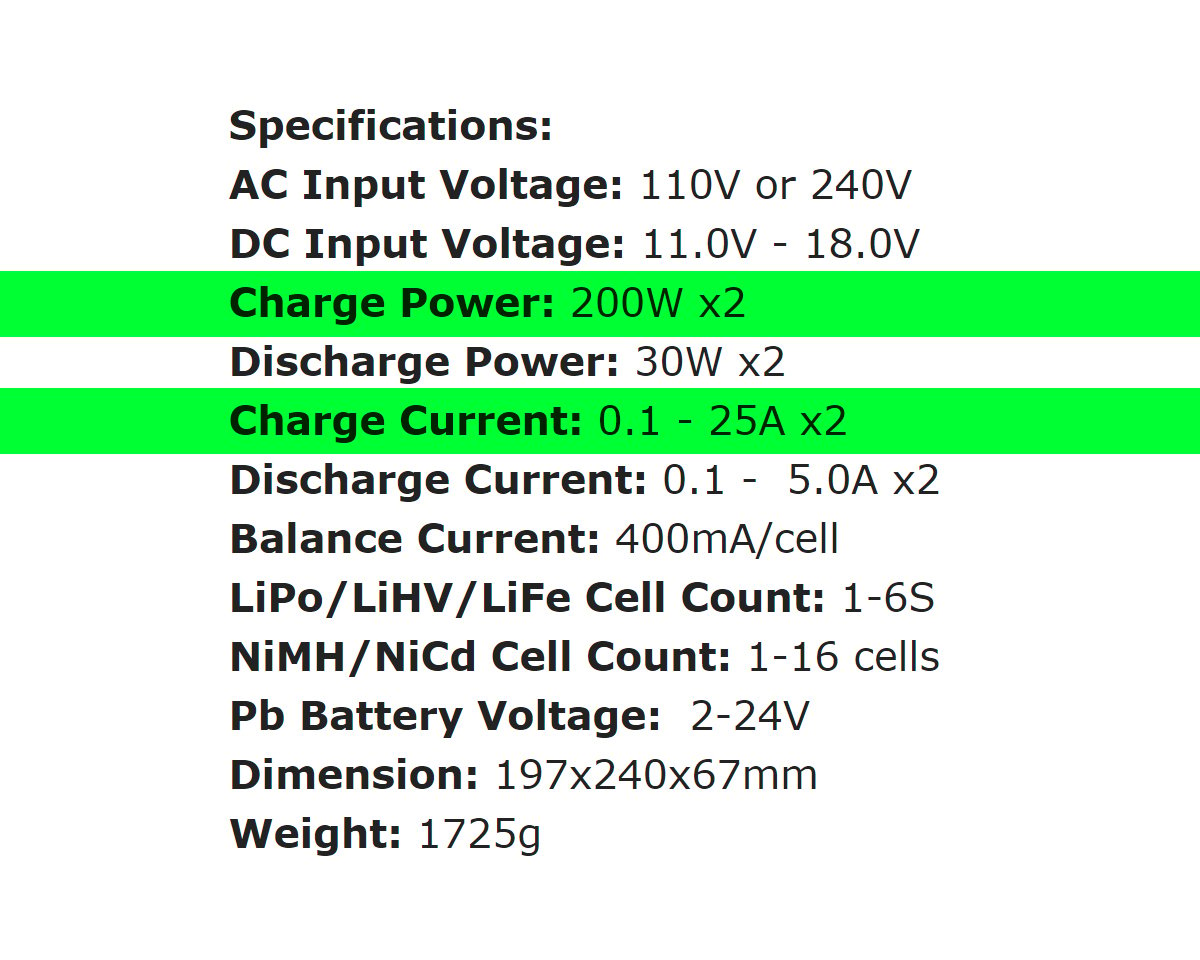
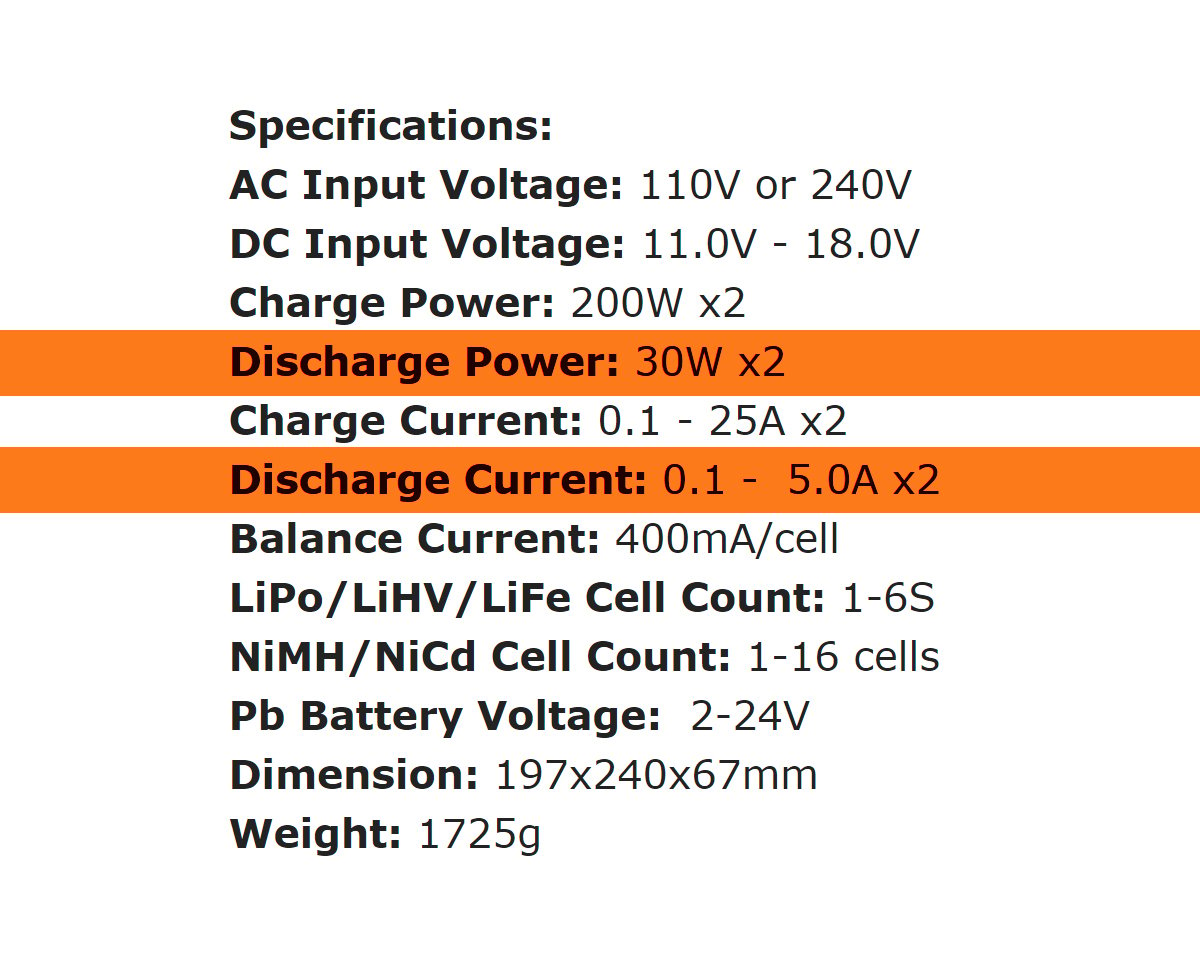
The charge rate in this example may have a really high amp (25a) and watt (200w) charge capabilities, but it’s significantly reduced when you look at its discharge capabilities (5a / 30w.) You may set the amperage high in your charger when you’re discharging, but that doesn’t mean the unit is capable of that. Let’s look at some basic math of why this is important.
Note: For charging a LiPo, one cell’s nominal volts are 3.7—therefore, a 2S LiPo equals 7.4v. However, we assume the battery is already charged when discharging a LiPo. And a charged LiPo has 4.2 volts per cell. So a charged two cell LiPo would be 8.4 volts.
Our main ingredient of this discharge lasagna comes down to this formula—WATTS ÷ VOLTS = AMPS. This is the same formula you would use to get the maximum amperage to charge your battery.
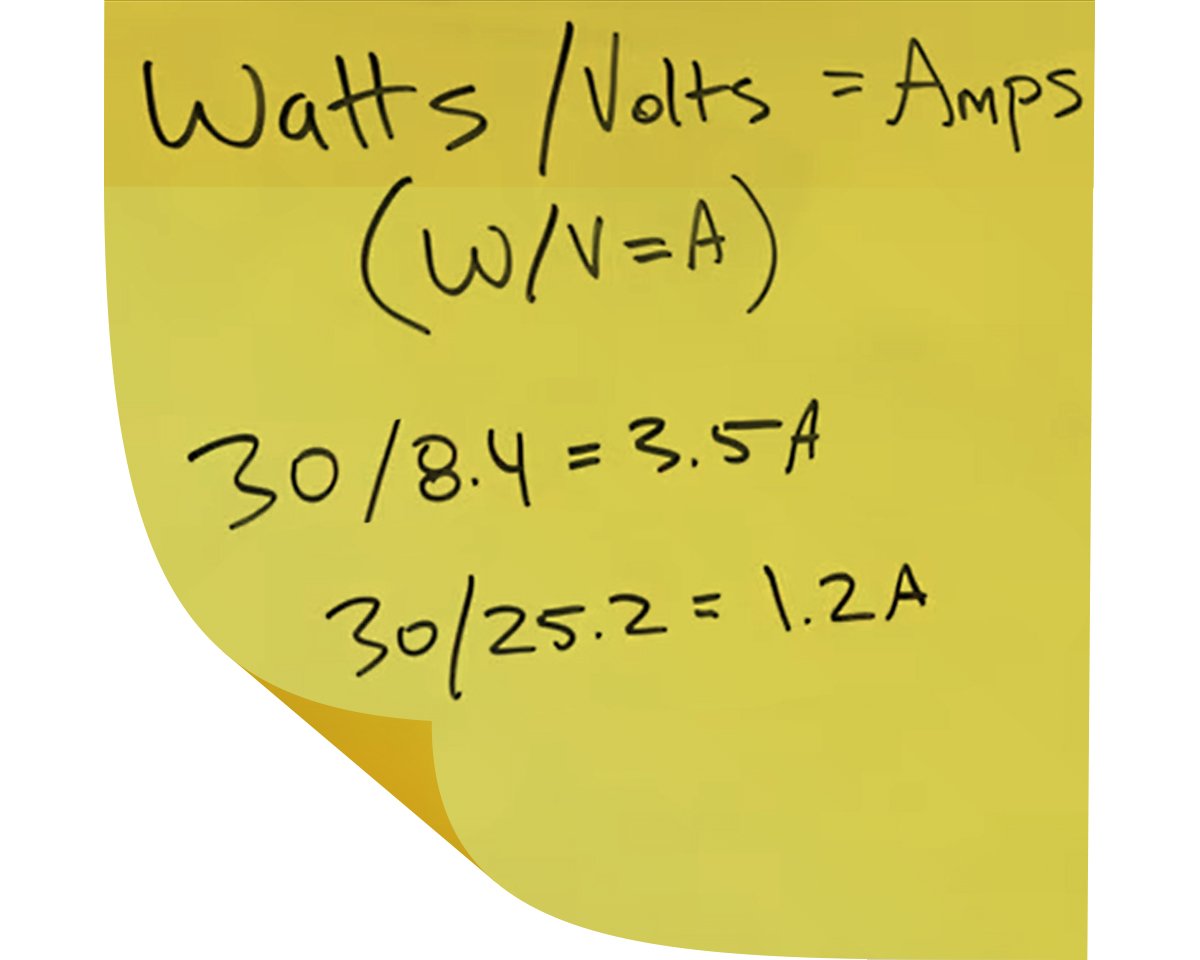

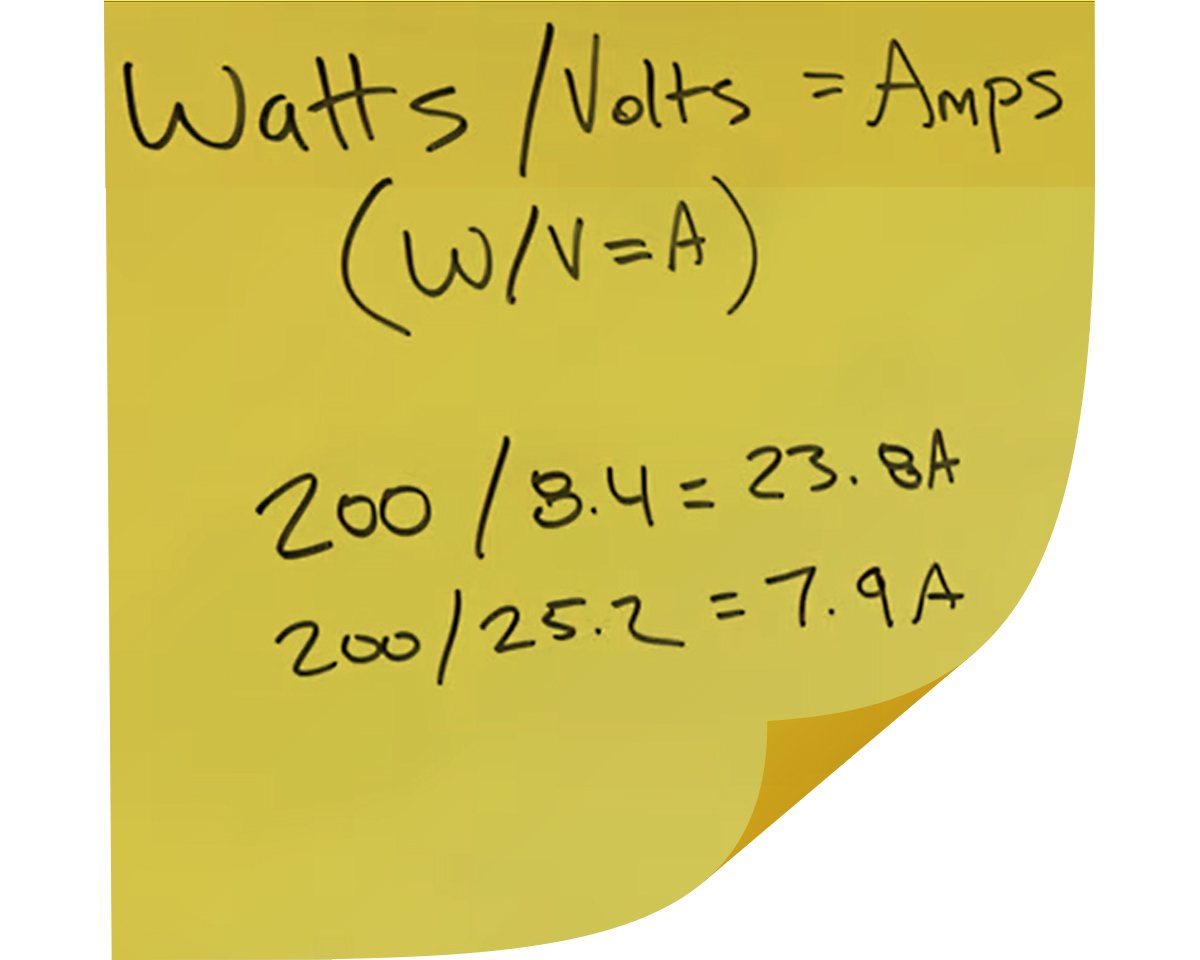
So, if we wanted to discharge a two cell LiPo using this charger, we would take 30 watts (this charger’s maximum discharge wattage) divided by 8.4 volts and get 3.5 amps—30w ÷ 8.4v = 3.5a. That’s the fastest this charger can discharge a two cell LiPo. Subsequently, if we had a 6S LiPo that we wanted to discharge, we would take 30 watts divided by 25.2 volts, giving us 1.2 amps—30w ÷ 25.2=1.2a. And that is slow. So even though this charger is capable of discharging up to five amps, we aren’t even close to it because our wattage maxes us out, and in charging or discharging, you’re going to get maxed out whenever you hit either the wattage or the amperage limit.
Now let’s say the same battery charger has an 80 watt discharge capability. We would take 80 watts divided by 8.4 volts for a two cell, giving us nine and a half amps—80w ÷ 8.4v = 9.5a. For a 6S battery, the math is 80 watts divided by 25.2 volts, giving us 3.7 amps—80w ÷ 25.2v = 3.7a. What if we had 200 watt discharge capabilities for a two cell? That would be 200 watts divided by 8.4 volts, giving us 23.8 amps—200w ÷ 8.4 = 23.8a. A 6S 200 watts divided by 25.2 volts gives us 7.9 amps—200w ÷ 25.2 = 7.9a. These would be fast discharge times if the charger could discharge at that amperage.
But in this example, this discharger can only hit a five amp maximum even if it does 200 watts. So it wouldn’t matter if it was a 2 or 6-cell. We can only discharge at a maximum of five amps. So take a look at your charger and see what the discharge capabilities are for the LiPo batteries you use. It’s interesting to figure out how quickly you can discharge. Chances are it isn’t that fast.
What is the easiest way to discharge LiPo batteries?
So that brings us to our first item: the iSDT FD-100 LiPo battery discharger, with 6 amps and 80 watt capabilities. This is one of the easiest dischargers available because it’s pretty simple to use. It has two buttons to select your cell count and your amperage.
Referring back to our formula, since this is 80 watts and up to six amps, you know that if we set it to 8S for an 8S LiPo and set it to 6 amps, it’s not going to discharge that quickly. However, a two cell LiPo will work, and for most needs, this little guy will do the trick. Discharging your batteries fairly quickly, and it’s compact. You can put it in your pit box or put it on your workbench, and it easily tucks out of the way. Note: This item has been discontinued, however iSDT makes an FD-200 8S Smart LiPo discharger that is portable and charges even faster than its predecessor.
Need a more powerful LiPo Battery Discharger?
This next discharger is the most powerful one we have available at this time, and it’s something that we use personally—it’s the SkyRC BD 250. This guy is capable of 250 watts and up to 35 amps. So if our batteries have a little too much juice, we bring them back down to the balance charge/storage levels with the BD 250 and then store them away. This discharger is bigger and heavier than the iSDT, but it comes with an XT 60 connector, unlike the ISDT. Operating this discharger requires more manual control than the iSDT, instead of plugging the battery in and hitting a couple of buttons on the iSDT. The BD 250 requires you to plug in your battery, turn the dial to the correct amperage you want to discharge at, and set the end voltage to tell the unit when to turn off. We could set that amperage up to 30 amps for a two cell LiPo, although we know from the previous calculations that the maximum we’ll get is about 24 amps. And then, we would set our end voltage to about 7.4. You will know it is doing its job when LEDs shine and the fan starts trying to dissipate all the heat that’s being generated. When it’s complete, the unit will shut itself off. For curiosity’s sake, we like to connect our cell checker to the balance lead to watch how fast those cells drop. The SkyRC BD 250 is about $130, but it is worth it. Beyond the BD 250, there are some other powerful discharges. However, they are dependent on the Junsi iCharger system. The discharger is added to specific iChargers to enhance the capabilities for really high-end use and applications. So they might be something to take a look at if you have that kind of need. But for most people, either the iSDT or the SkyRC discharger will be enough for most applications. Again, as stated previously, we use this BD 250 for our discharge needs because we use LiPo’s every day. The BD 250 is transportable, high power, and we don’t need another unit like a charger to operate it.
Remember, never leave a charged battery sitting around. We talk about this and other important information in; Top 10 RC LiPo Battery Mistakes & How to Avoid Them.
Watch Brett's Review
How To Discharge Your R/C LiPo Batteries - Fast!
Watch "How To Discharge Your R/C LiPo Batteries - Fast!" on our YouTube channel, and while you're there, be sure to check out our vast selection of informative and new product videos.

